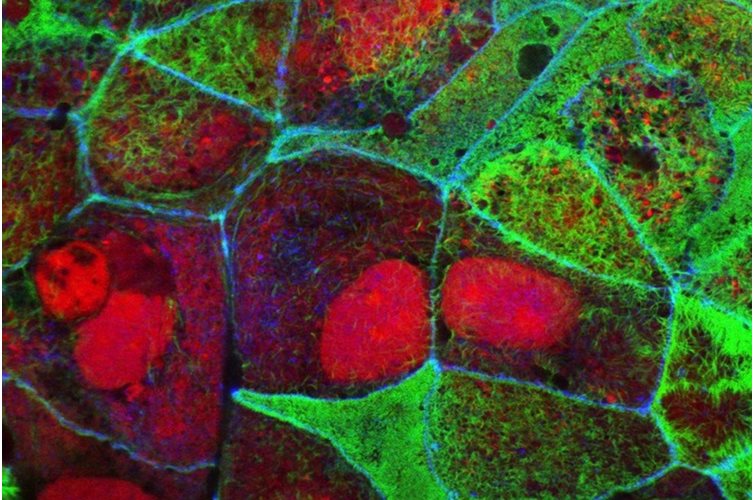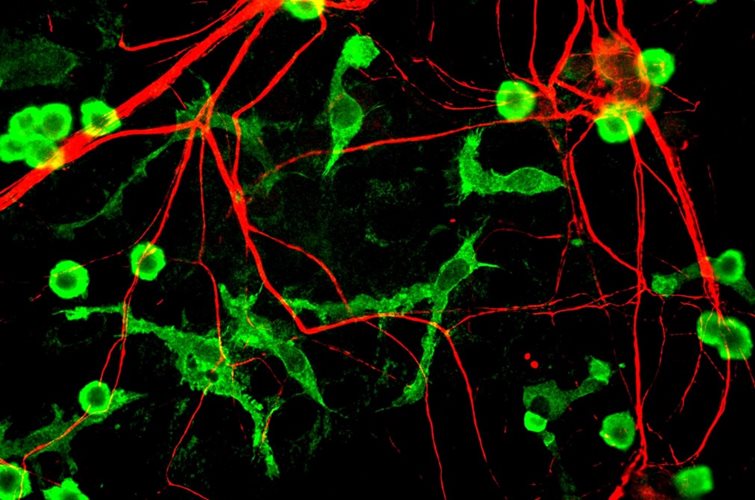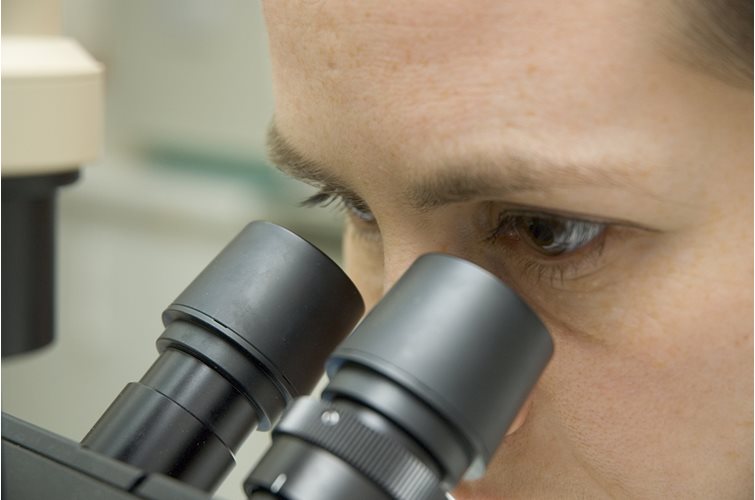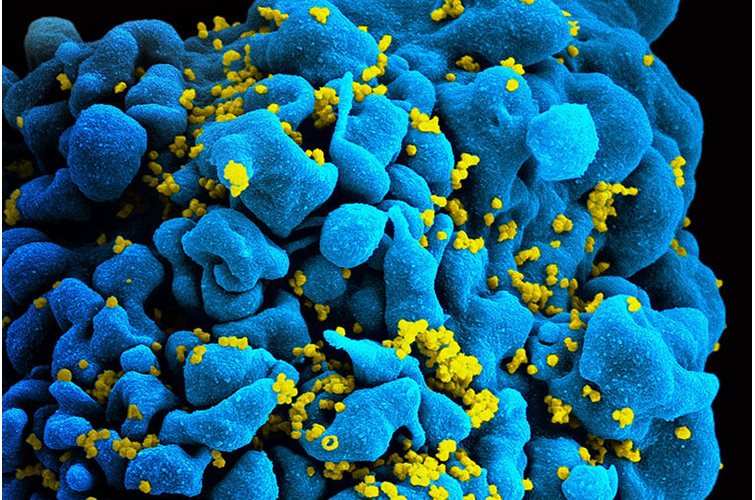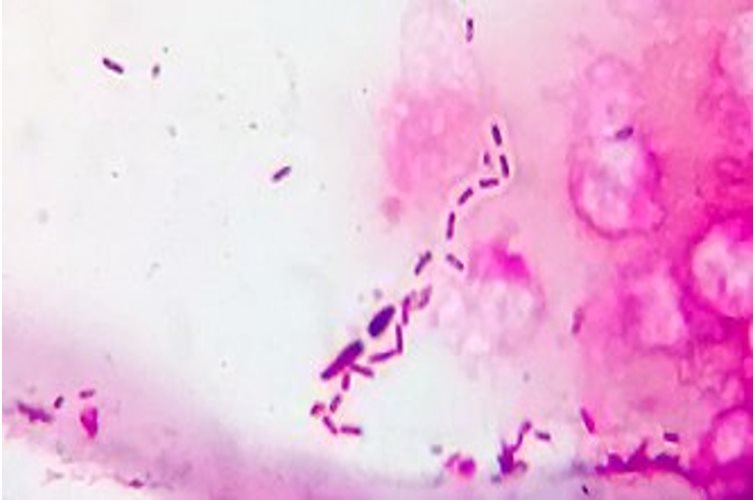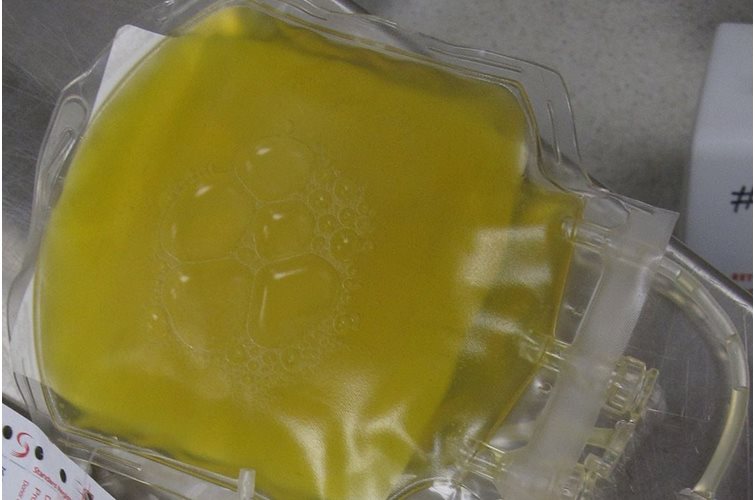Platelet-derived exosomes can help heal ischemic skin wounds
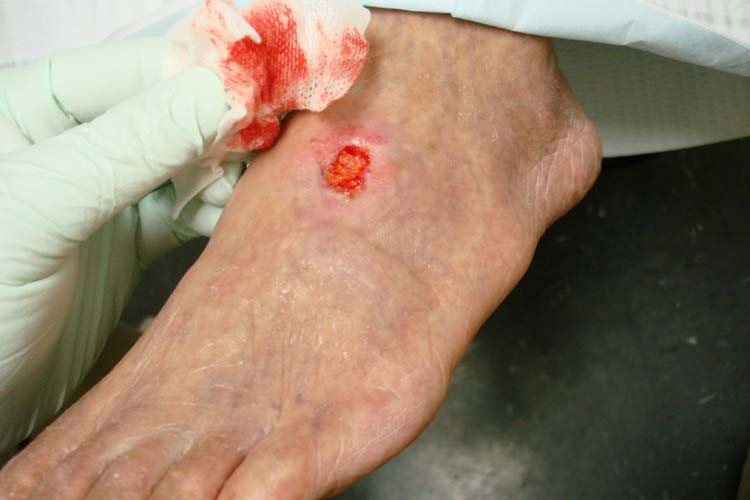
Inadequate blood supply to the skin can promote the development of wounds. These so-called ischemic wounds affect millions of people and can lead to amputations or even loss of life. Researchers at the Mayo Clinic recently reported their studies in which they examined the use of exosomes containing TGF-β to treat chronic skin wounds.

